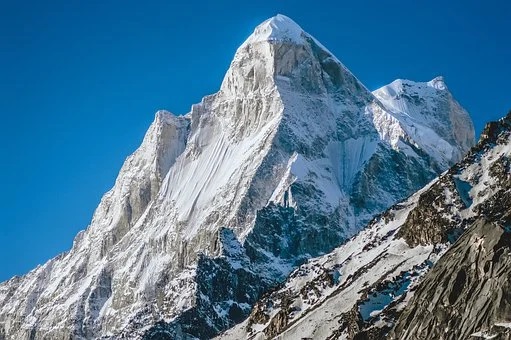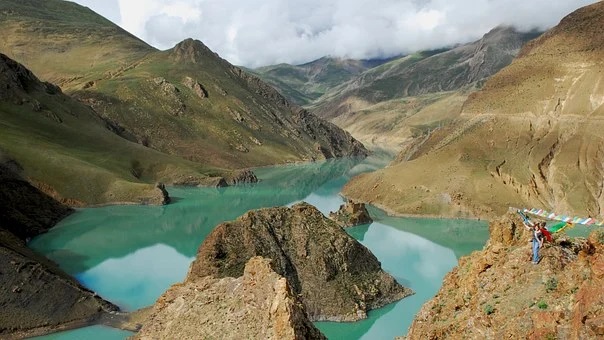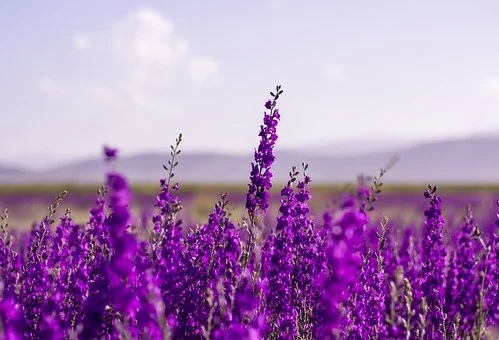In the time of the Buddha, the listeners came from all walks of life. There were non-Buddhists, Brahmins, celestial beings, nagas, etc. Many of the Brahmins maintained a view of the universe that was at variance with the facts. The Buddha knew that to contradict them inopportunely would not only make them feel disagreeable but also jeopardize his work of propagating the Dharma. In order to teach them according to their capacity, the Buddha chose to apply skillful means instead, that is, to go along with their views, even knowing that those were wrong, as long as he could teach them the three characteristics of conditioned existence—impermanence, suffering and no-self (the Three Dharma Seals). The Buddha would not mind if the rest of their views were valid or not, because only through the knowledge of the Three Dharma Seals could they be liberated from samsara. Other branches of learning, no matter how proficient one is in, do not concern the question of liberation.
~Depicted from THE RIGHT VIEW - Buddhism—the Definition











